Ready Set! Exploring escape velocity

Have you ever wondered how rockets can break free from Earth’s gravity and fly into space? Or have you ever dreamed of being an astronaut and exploring the vast expanse of the universe? Well, the key to achieving both is something called escape velocity. Escape velocity is the speed an object must attain to break free of the gravitational pull of a planet or other celestial body. It’s like trying to escape the pull of a giant rubber band, the harder you pull, the harder it is to break free, and the same goes for gravity.
To understand escape velocity, let’s use a simple example, imagine you are standing on a tall building, holding a ball in your hand. If you throw the ball directly into the air, it will eventually return to the ground because it is affected by Earth’s gravity. However, if you throw the ball hard enough, it will continue to travel upward, eventually escaping Earth’s gravitational pull and heading into space; Without going too deep into the math, the important thing to know is that the closer you are to the center of a planet or celestial body, the higher the escape velocity you’ll need to break free of its gravity.
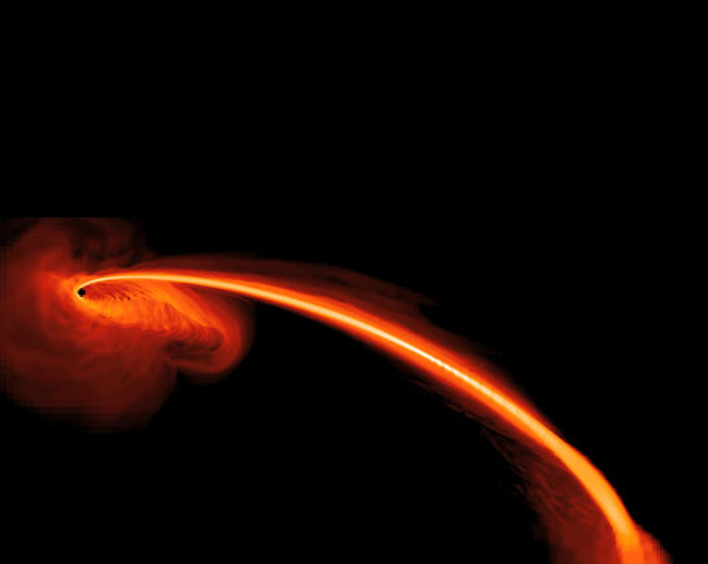
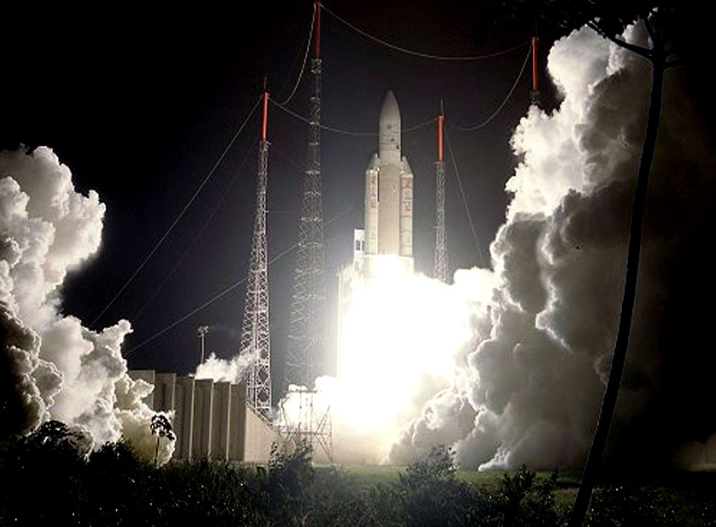
But why is escape velocity important? Well, it’s essential for space exploration. To reach other planets, moons, or even other stars, spacecraft must reach escape velocity to break free of Earth’s gravity and enter orbit around the sun. This is why rockets have powerful engines that can generate a lot of thrust to propel them from the ground into space.
A great example of the importance of escape velocity is the Apollo 11 mission that landed humans on the moon. The Saturn V rocket that carried astronauts to the moon had to reach a speed of more than 24,500 miles per hour (39,369 kilometers per hour) to break free of Earth’s gravity and enter orbit around the moon.
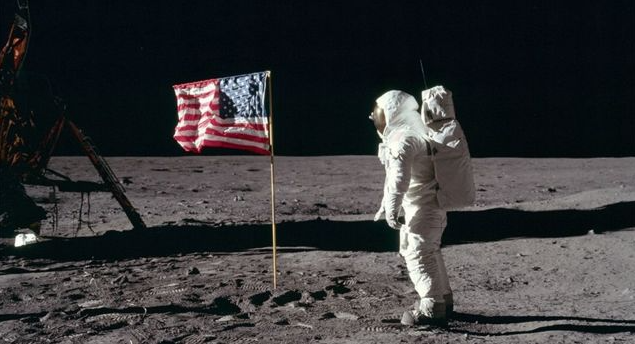
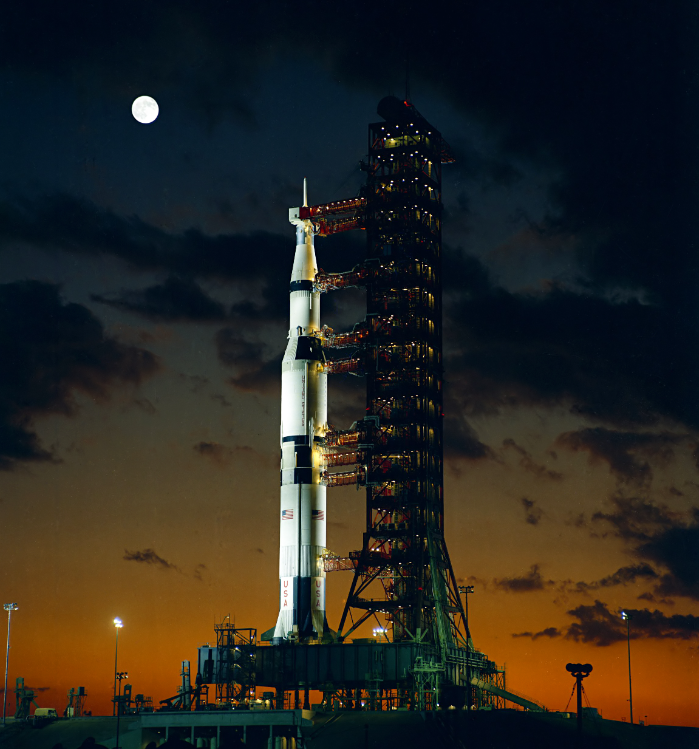
Apart from space exploration, escape velocity also has practical applications here on Earth, for example it is used in roller coasters to give passengers a thrilling experience. The initial climb of the roller coaster to the top of the first hill is designed to give the roller coaster enough potential energy to reach the minimum velocity required to complete the ride, which is the equivalent of escape velocity. So the next time you look at the stars, remember that they are waiting for us to break free of Earth’s gravity and explore the afterlife.
Let’s see the next video that gives us another perspective on escape velocity!
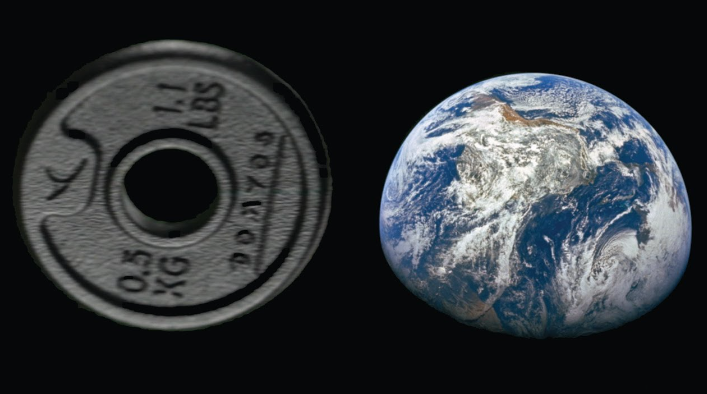
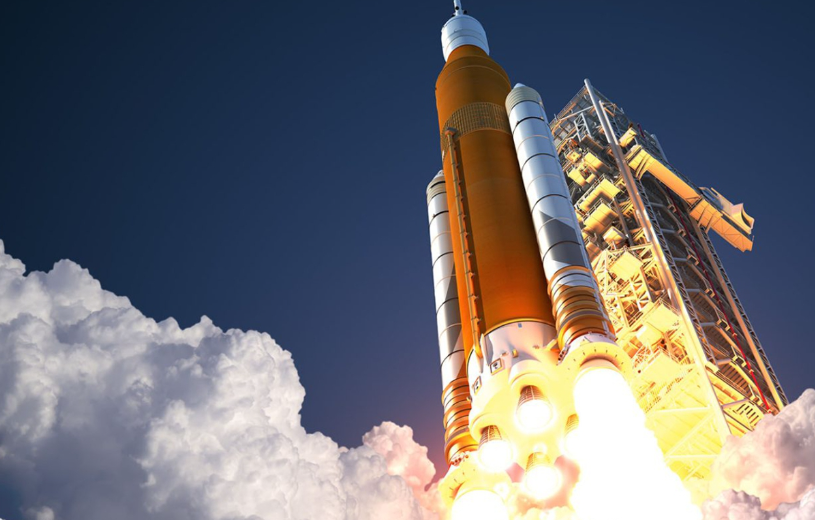
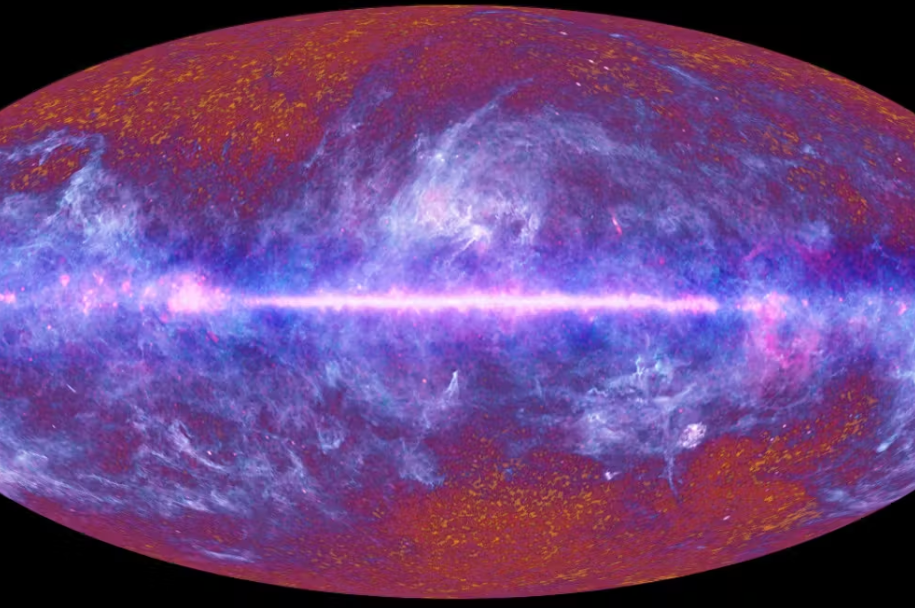


Responses